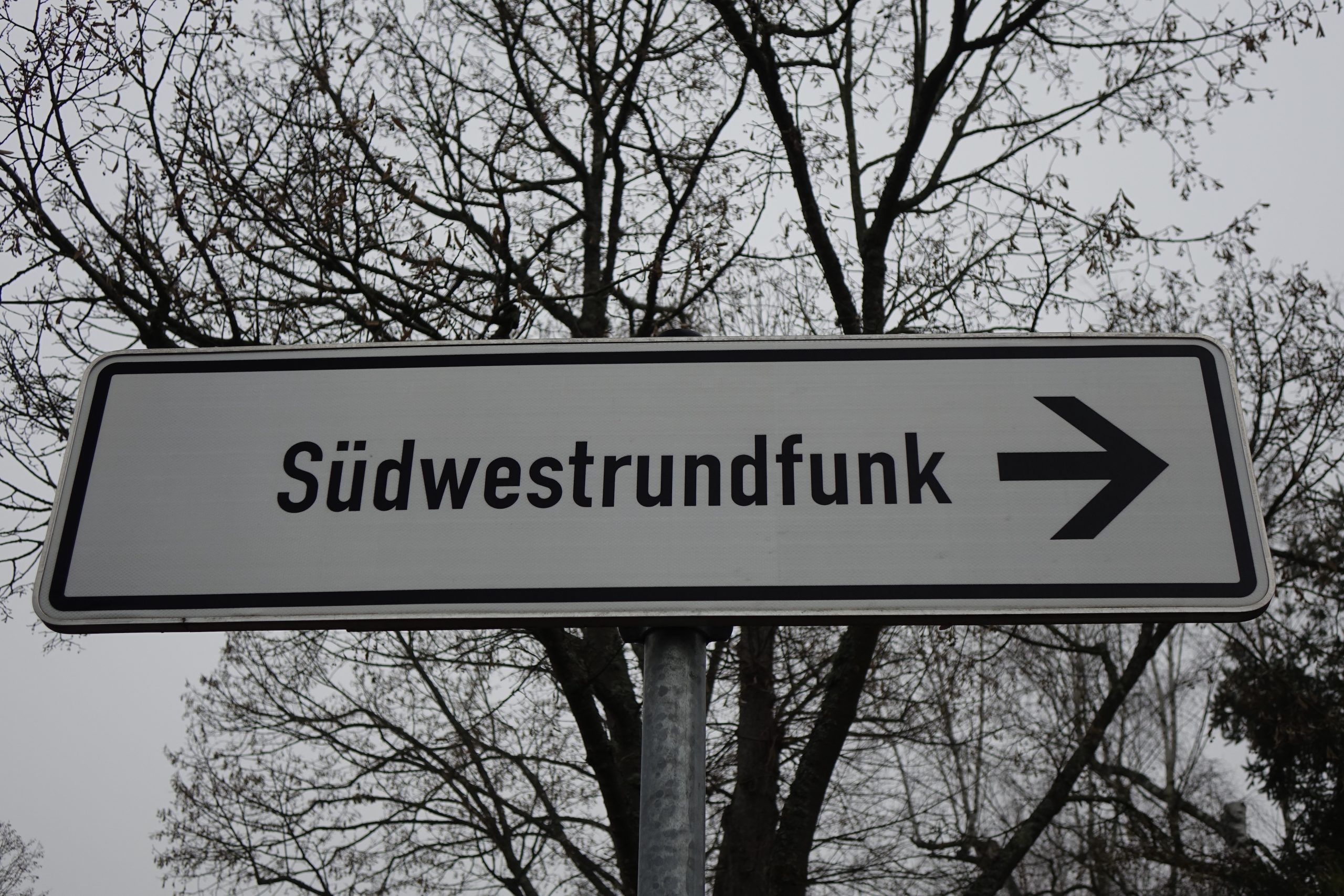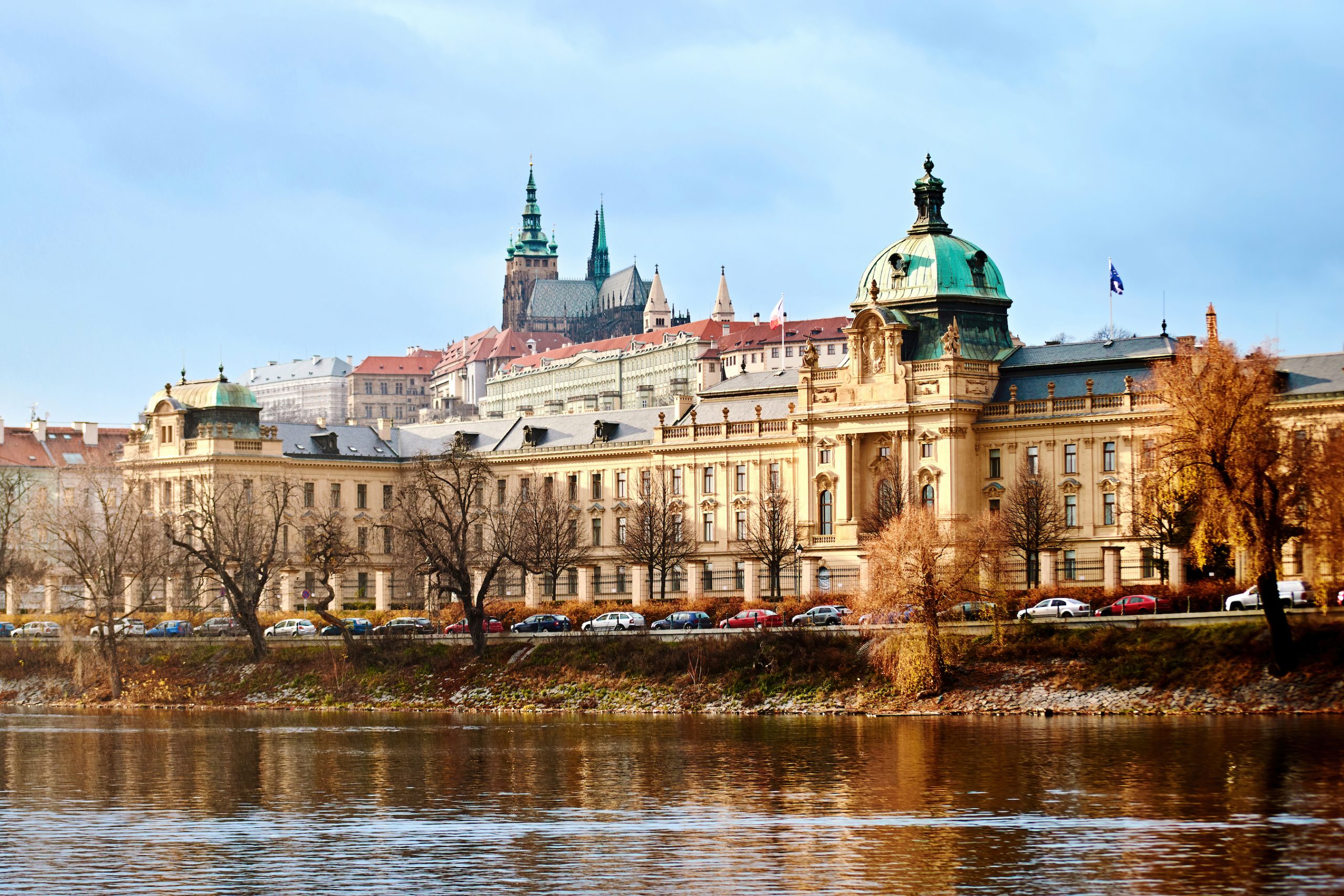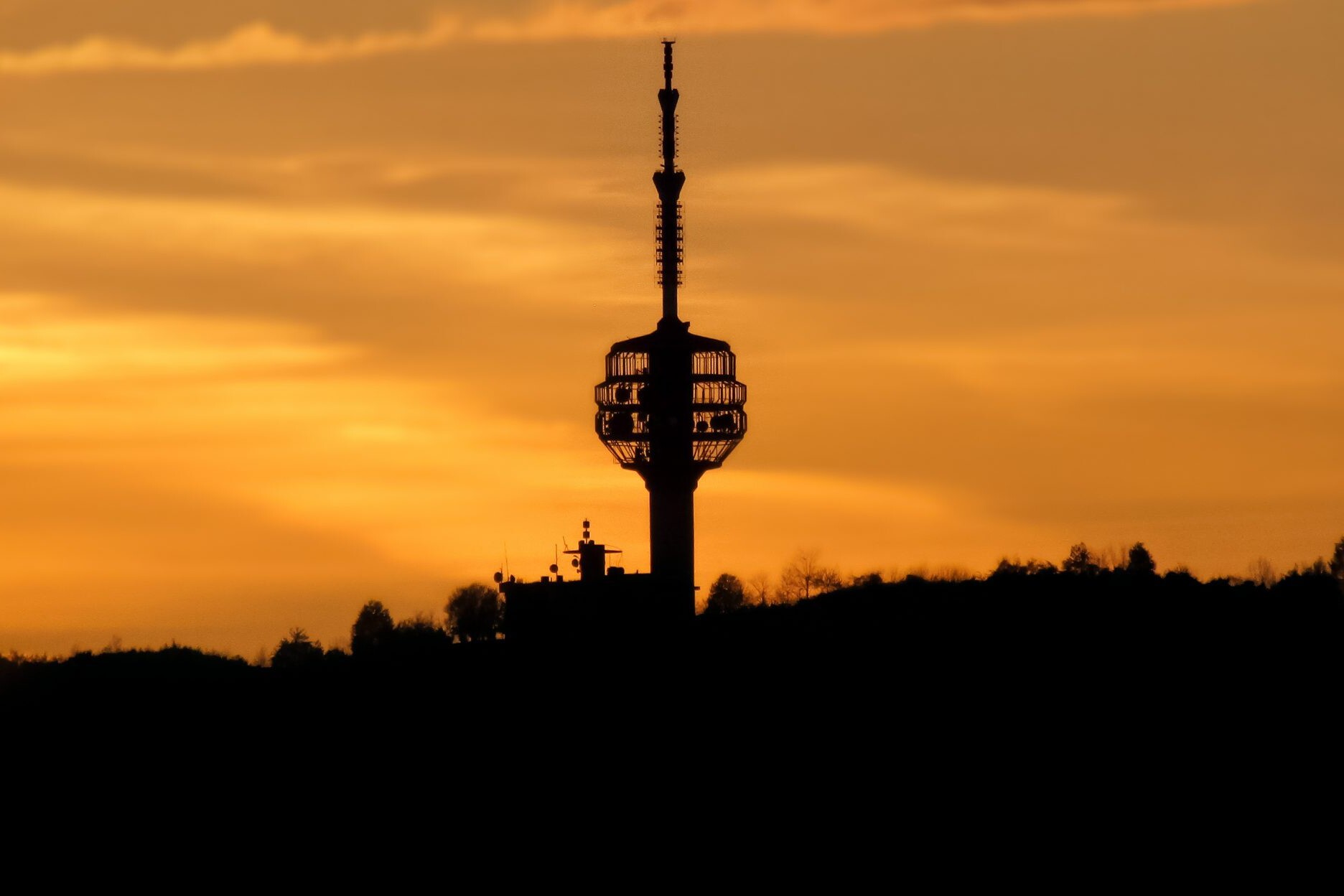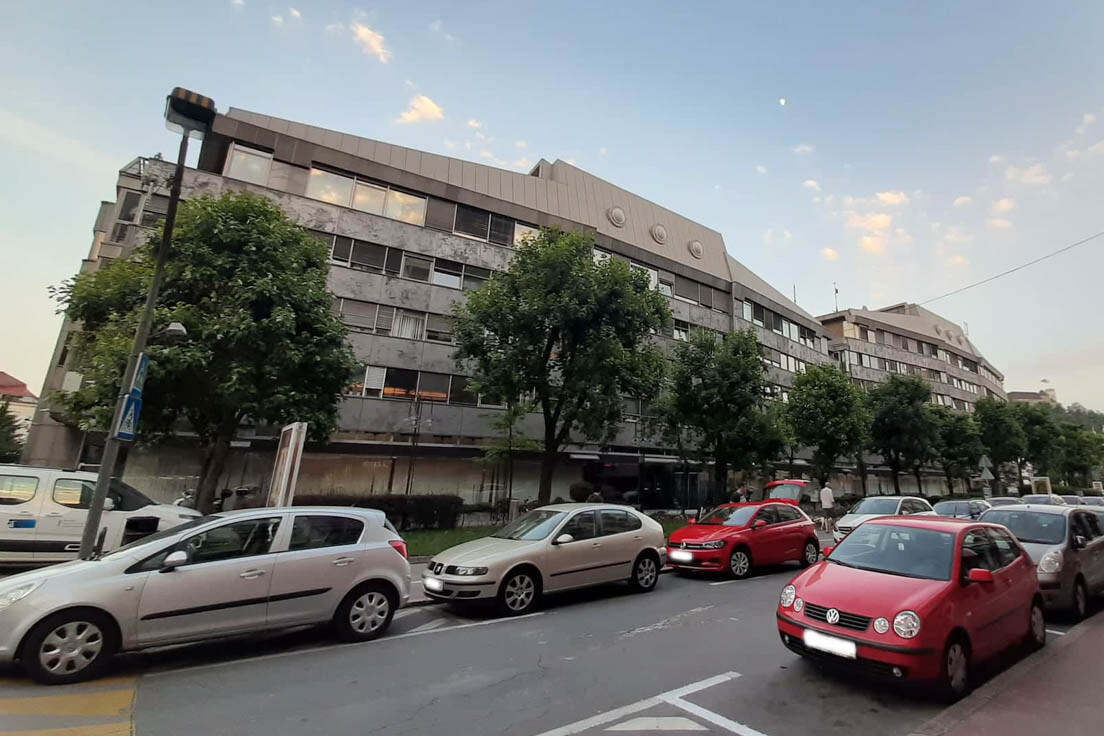Serbia: TV licences awarded to ‘pro-government’ stations
4th August 2022
Accusations of political interference have been raised after regulatory body grants licences to four pro-government stations that already occupy them.
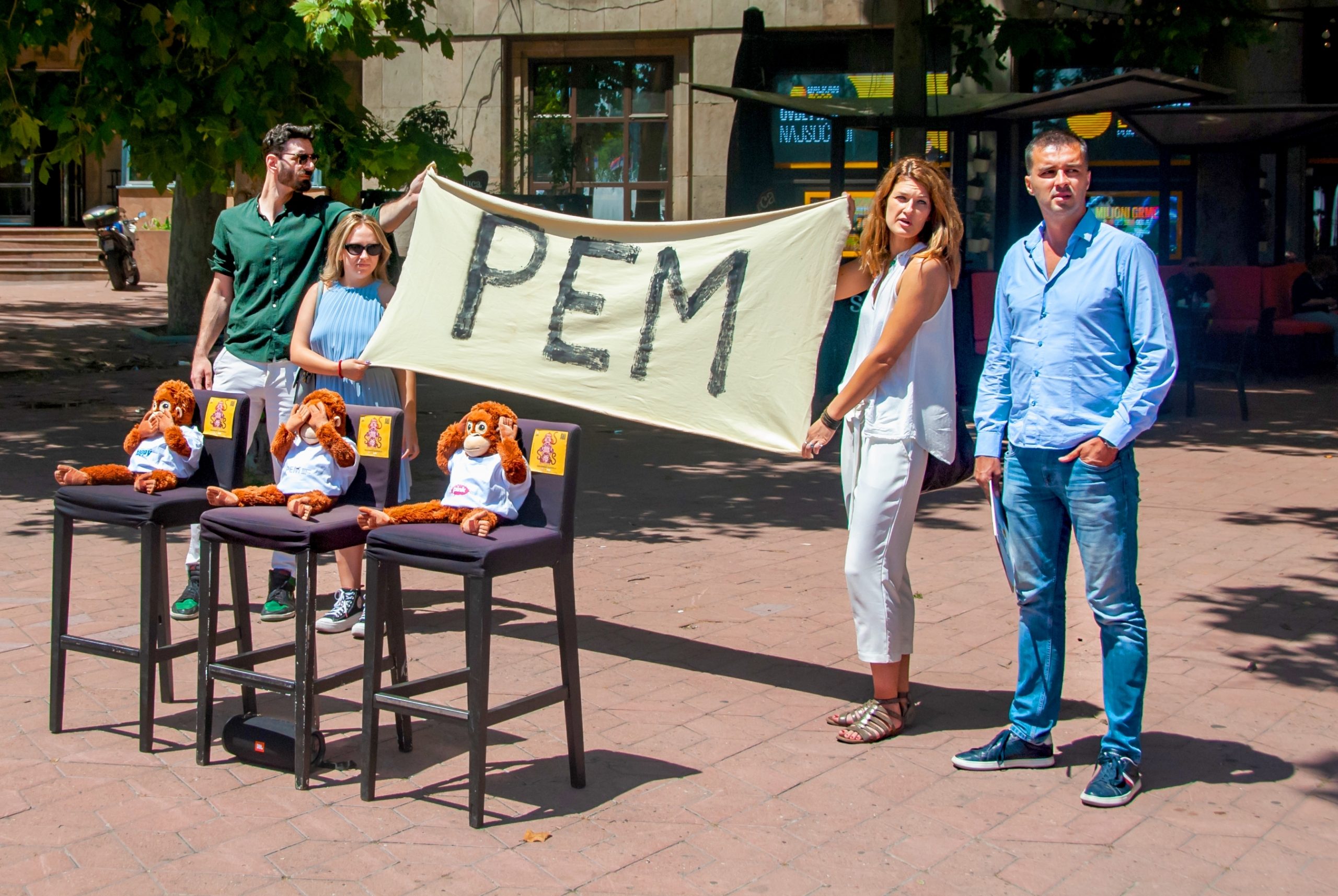
Accusations of political interference have been raised after regulatory body grants licences to four pro-government stations that already occupy them.
Serbia’s media regulator, the Regulatory Body for Electronic Media (REM), last week, awarded four national TV licences to the same four pro-government TV channels that already had them: Pink, Happy, Prva and B92.
According to the English-language website, Balkan Insight, the decision represents the regulator’s preference to give the licences to pro-government stations, rather than those critical of the ruling Progressive Party, such as N1 or Nova S.
Following the 2020 elections, the Office for Democratic Institutions and Human Rights (ODIHR) reported that “most TV channels with national coverage … promoted the government policy and that the few media outlets which offered alternative views had limited outreach and provided no effective counterbalance.”
“REM’s decision … is an announcement of the further decline of the media scene in Serbia. Instead of media pluralism, we got a continuation of media darkness” – Coalition for Media Freedom
It was hoped that the issuing of new licences would be an opportunity for this situation to be addressed. But instead, there was significant dismay following the decision. “I believe that the majority that made the decision is wrong,” one REM council member, Judita Popović said to the CNN-owned news outlet N1. “A clear political message”, was how N1’s News Director, Igor Božić described it. “Nothing is changing in Serbia, nor does anyone intend to change anything in terms of informing the public.”
Concerns over REM’s independence
A mission undertaken by the Media Freedom Rapid Response (MFRR) in 2021 found that there was “a serious lack of transparency and regulation” in Serbia. “The Regulatory Body for Electronic Media is highly politicised and makes little use of the powers granted by law.”
The report further outlined a polarised media environment, in which independent media was suppressed and undermined by politicians. It said that public funds were given to pro-government outlets, and that government politicians only accepted interviews on those outlets as well.
Within this landscape, the decision as to who received the TV licences was hotly anticipated.
Before the decision had been made, there were fears the outcome would be political. In May, the Media Freedom Rapid Response (MFRR) and the Independent Journalists’ Association of Serbia (NUNS) called for the tendering process to be transparent.
#Serbia‘s media regulator REM handed national broadcasting licenses to 4 pro-govt stations. W/ @MediaFreedomEU we previously raised concerns over the lack of transparency in tendering process of national TV licences & politicised composition of REM. https://t.co/s33FL4vGvu
— ARTICLE 19 ECA (@article19europe) August 1, 2022
“We believe that the current allocation process lacks transparency,” the organisations wrote. “Broadcast frequencies are a limited resource that should be managed by an independent regulatory authority, through open, transparent and participatory processes that ensure that the use of spectrum contributes to media pluralism and diversity.”
An EU report into Serbia in 2021 said that the “independence of the REM needs to be strengthened to enable it to efficiently safeguard media pluralism.”
Reaction to the decision
The regulatory body defended its decision to award the licences to the same four stations. In a statement, the body said the decisions were made “in a professional and responsible manner, in accordance with the democratic procedure.”
But this was soundly rejected by the media group, United Media, which was unsuccessful in receiving a licence. “There is no will to regulate the situation in the media and is yet another proof of the dictatorship in Serbia and of the collapse of institutions that should protect professionalism and objectivity.”
Read more: Promising steps to strengthen media freedom in Europe (Insight)
A coalition of journalist unions said the decision showed “a further decline of the media scene in Serbia, which will contribute to further cultural and another deterioration of the entire society. Instead of media pluralism, we got a continuation of media darkness.”
Fourteen broadcasters applied for the licences in total, and the REM said because of the competition, it would be awarding a fifth licence. Ms. Popović said she was hopeful this licence “will be given to a media that advocates for true, timely, objective information.” But Aleksandra Subotic, the CEO of United Media, was less optimistic, and described it as “an attempted manipulation.”
Another issue that is becoming a cause for concern is the recent opening of a new Russia Today office in Serbia.
One Serbian MEP, Klemen Grošelj, said it showed “that [President Aleksandar] Vučić is increasingly ceasing to be a pro-European politician and becoming the opposite of that.” He also criticised the media model in Serbia, saying it “is like the media in Russia”.
Impact of the new licences
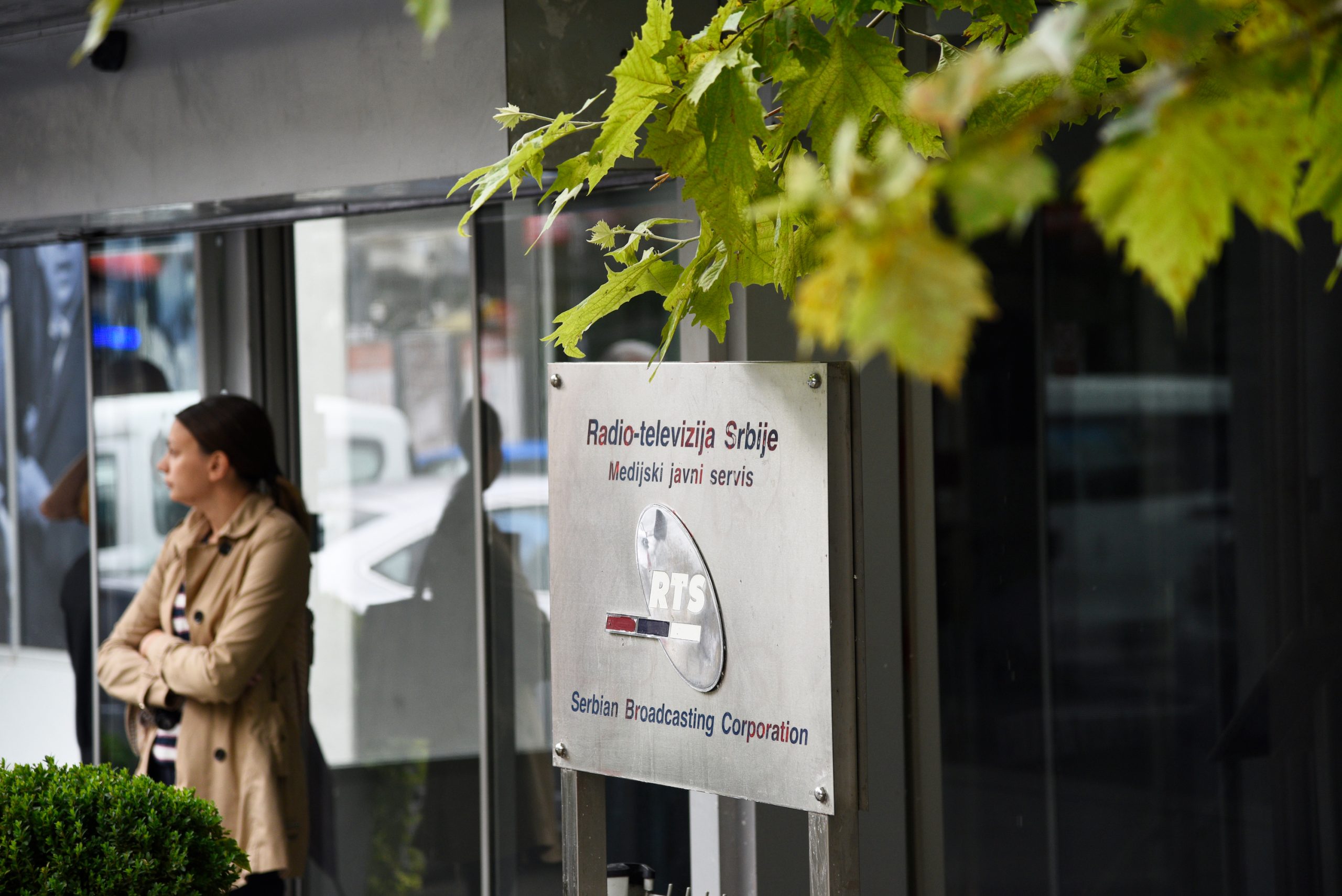
Some changes do indicate that greater pluralism within Serbian media is coming. The EU reported that public broadcaster Radio Television Serbia (RTS) still needs to “enhance” the plurality of political views opposition politicians have, which “started to be more present in the morning programmes … but not yet in primetime (evening) ones.” Additionally, RTS was excluded from the state budget in 2021, “in order to reinforce its independence and sustainability.” Measures to strengthen the independence of the REM are also forthcoming.
However, the decision to award the four licences demonstrates that the REM is still unable to disrupt and break up the one-sided, pro-government traditional media landscape. A healthy media ecosystem is ultimately one which is balanced, which offers a variety of perspectives, and one which is not tied to the government. Unfortunately, this is evidently not the case in Serbia.
It is critical the public have access to verifiable, trustworthy, and reliable news sources. This is especially important when misinformation is rife and could lead to heightened geopolitical tensions. This was evidenced recently when misinformation about a ‘war’ breaking about between Kosovo and Serbia was shared widely on social media platforms.
Ultimately, this comes down to an issue of trust in nationwide broadcasters, both public and private. The government must stop engaging only with news outlets that are supportive of them. If the public are aware that these outlets are inextricably tied to the government, the public will be unable to believe that the information provided is editorially independent. Furthermore, the government must stop giving special treatment and bigger platforms to those who are allied to their cause – this is critical for democracy to flourish. For meaningful changes to be made, RTS must exert more commitment to amplifying a greater diversity of views, while the REM needs to be more transparent and award licences to channels which are independent from the government.
The situation in Serbia does not exist in isolation. From Slovenia to Turkey, we are increasingly witnessing the impact of limited regulatory independence on public media and other independent media worldwide, whereby regulators are used by governments to limit, censor and punish critical reporting.
Related Posts
30th June 2022
PMA joins call for Czech EU presidency to champion media freedom
The Public Media Alliance signs letter…
1st April 2022
Bosnia and Herzegovina’s national public broadcaster faces closure
PMA joins the EFJ, EBU and SEEMO in…
21st October 2021
MEPs message to Slovenian government must be heeded
MEPs have called for the immediate…
